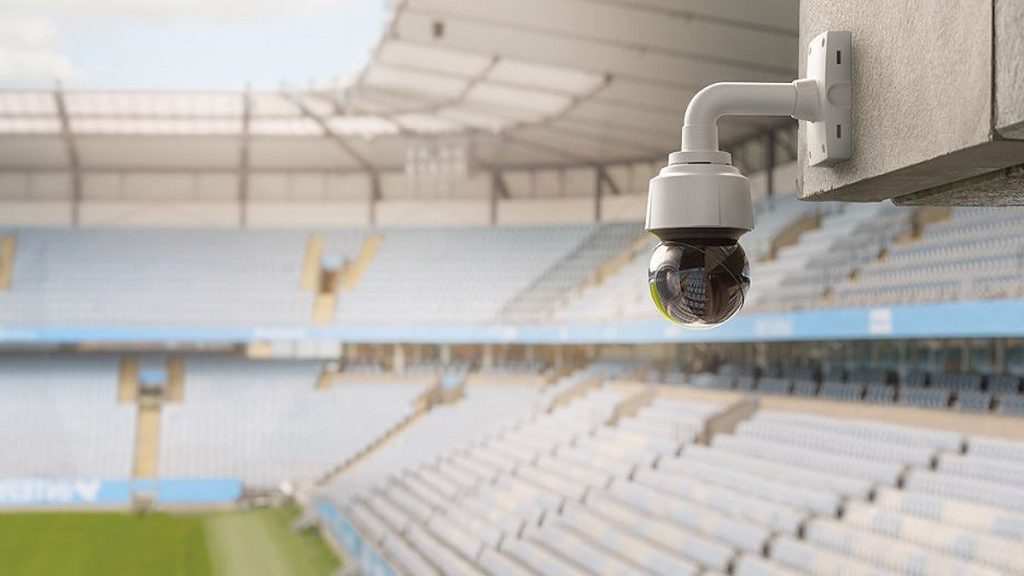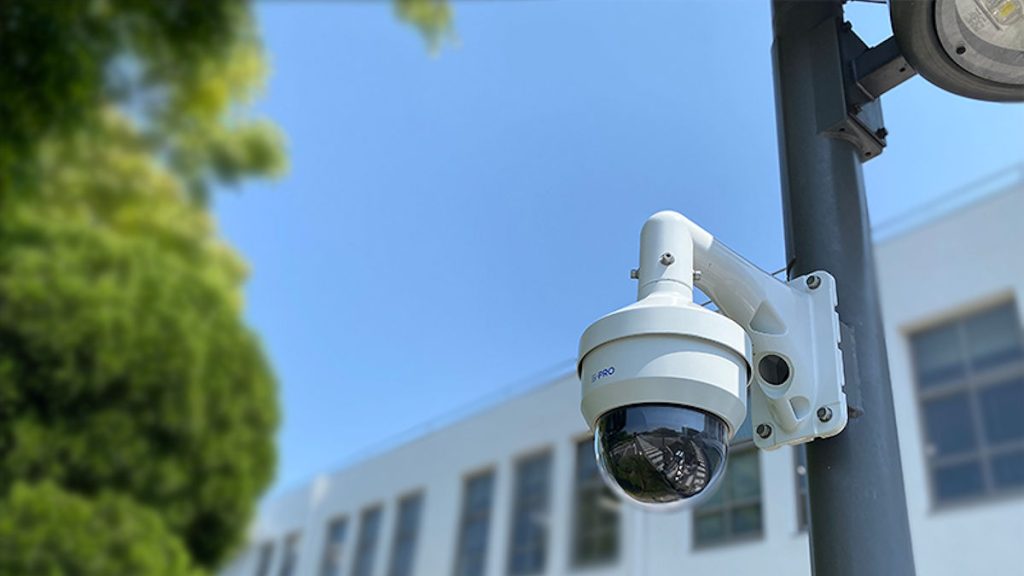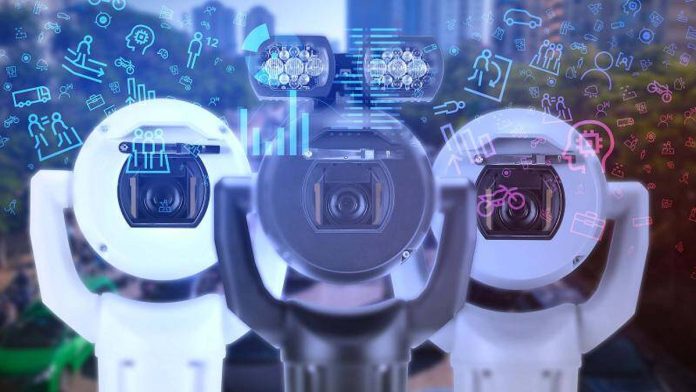How Often Should You Schedule Preventative Maintenance Of CCTV Cameras?
Preventative Maintenance Of CCTV Cameras – When it comes to preventative maintenance, how often should this be undertaken on security cameras and what key components and fittings should be looked at during the check?
A: Typically, twice a year is the right schedule for CCTV camera maintenance but this depends on the environment. If you’re on a mine site or a road tunnel, or it’s a beachside park, a couple of times a year will not be enough.
Depending on the location of cameras it can cost thousands of dollars to undertake maintenance – more than the value of the camera itself, considering the cost of hiring scissor lifts and personnel. Cost of maintenance explains the value of PTZs with hydrophobic dome bubbles, or that vibrate water and dirt off as some Axis domes do. It also explains why many public surveillance applications prefer PTZs, given their field of view can be remotely tweaked at any time.

You’re going to want to look over all the connections and fittings, including, brackets and poles to ensure they’ve not shifted due to thermal expansion or vibration. Look for corrosion and if you find it, take remedial measures. Even if you don’t, be liberal with grease or lanolin where required. Lanolin is a brilliant low-cost metal protector.
You should be taking apart your housing supports every few years as part of a comprehensive maintenance program anyway and when you do, apply the lanolin again using a brush or cloth.
Check the seals and dome bubble for early sun damage and make sure the cabling is tidy and the shield is not worn by rubbing in high winds. Check the sunshade is correctly positioned and the grubscrews are tight. You’re going to want to clean the bubble and you or an operator might want to tweak focus and backfocus – both will stray over time.
Maintenance is a good time to check the original brief and make sure the camera is still doing the job it was installed to do. It’s also a good time to consider adjusting the field of view or lens focal length when you’re able to tweak fixing points. You really need a high-quality camera testing tool with a local monitor screen that can be seen in full sun when undertaking this work.
Keep an eye out for encroaching vegetation, insect nests, corrosion bubbling under powder coat, cracks in cable boots, cabling friction wear or cable sheath sun damage. On the topic of sun damage, some camera housings are not UV stabilised – keep an eye out for this. Anything that needs replacing, replace.
You can learn more about the Axis camera that shakes itself dry here or read more SEN news here.
“How Often Should You Schedule Preventative Maintenance Of CCTV Cameras?”









